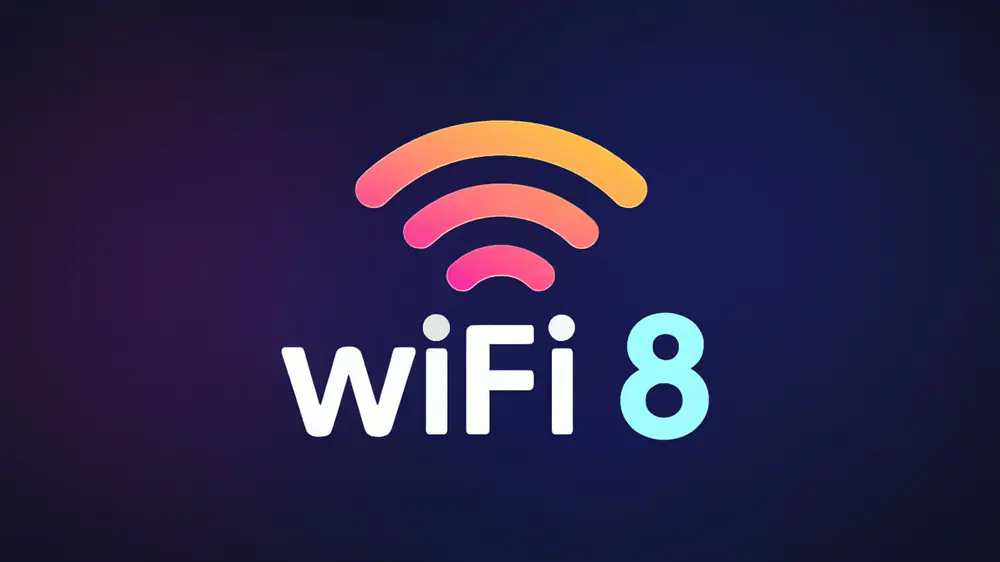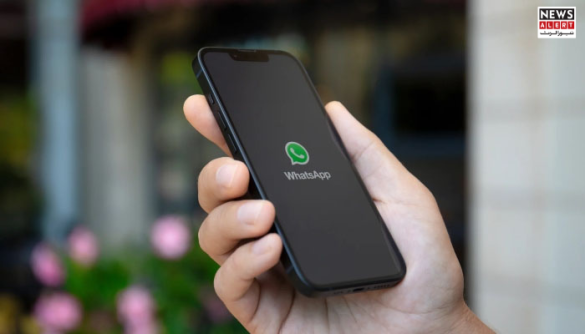Early Testing Shows Promising Performance
While Wi-Fi 7 has not yet fully penetrated the global market, the tech world is already looking ahead to Wi-Fi 8. TP-Link, a leading networking company, recently announced the successful testing of early hardware prototypes for Wi-Fi 8. The development marks a significant step toward the next generation of wireless technology.
Although TP-Link has not released detailed results of the tests, the company confirmed that the prototype, based on the upcoming 802.11bn standard, demonstrates the potential for markedly improved performance in future Wi-Fi devices. The project has involved collaboration with several industry partners, suggesting that compatible devices could reach consumers even before the standard receives official approval.
Expected Standardization and Timeline
The Institute of Electrical and Electronics Engineers (IEEE), the body responsible for Wi-Fi standards, is expected to formally approve Wi-Fi 8 by 2028. Qualcomm, a major chipmaker, highlighted in a July 2025 blog post that Wi-Fi 8 is not only about faster bandwidth. Its primary goal is to provide a stable and reliable connection, enabling all types of devices to stay online consistently.
By prioritizing real-world reliability, Wi-Fi 8 aims to reduce connectivity issues that users often face, such as slow speeds or dropped signals in certain areas. Experts suggest that this focus on stability could make Wi-Fi 8 a significant upgrade for households, offices, and smart cities alike.
Technical Features and Capabilities
Wi-Fi 8 will continue to operate across the familiar 2.4 GHz, 5 GHz, and 6 GHz frequency bands, similar to Wi-Fi 7. However, it is expected to support data speeds of up to 23 Gbps, potentially doubling the peak speeds of current Wi-Fi 7 networks. More importantly, the new standard is designed to optimize performance in real-life conditions, including areas with weaker signals.
One of Wi-Fi 8’s standout features will be its ability to connect more devices simultaneously without compromising speed or reliability. This is particularly relevant as households and businesses increasingly rely on multiple smart devices, from gaming consoles and streaming devices to IoT sensors and workstations.
Implications for Users
For end-users, Wi-Fi 8 could significantly improve online experiences. Activities such as video streaming, online gaming, and video conferencing are likely to become smoother, with fewer interruptions or lag issues. The standard also aims to reduce network congestion, making it easier for large families or offices to share a single connection efficiently.
In addition, improved reliability in low-signal areas could be a game-changer for rural regions or locations with challenging network environments. By addressing these persistent connectivity problems, Wi-Fi 8 could help bridge the digital divide and support the growing demand for seamless, high-speed internet access worldwide.
Looking Ahead
While commercial availability of Wi-Fi 8 devices is still a few years away, early prototypes and industry collaboration suggest rapid progress. As wireless technology continues to evolve, Wi-Fi 8 could set a new benchmark for speed, reliability, and device connectivity.
As the digital world becomes increasingly interconnected, Wi-Fi 8 represents a forward-looking step toward networks that can truly meet modern demands — from streaming and gaming to smart homes and connected cities.















